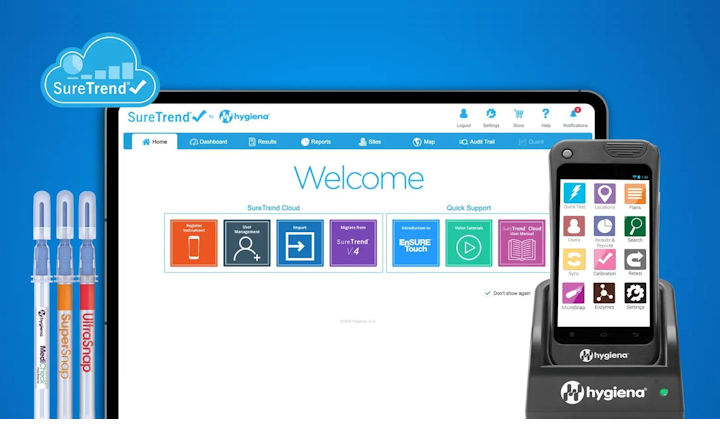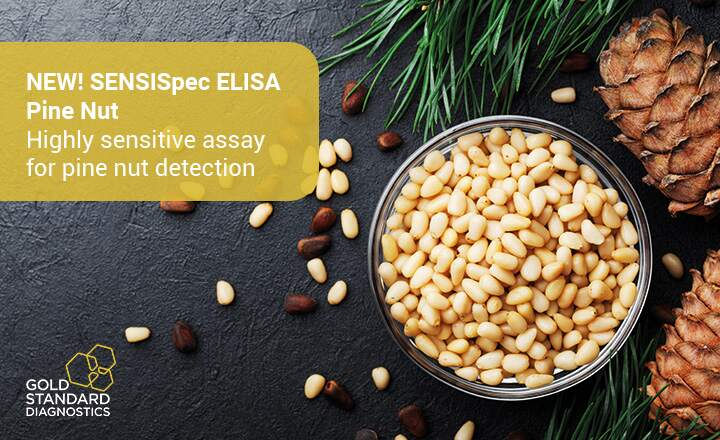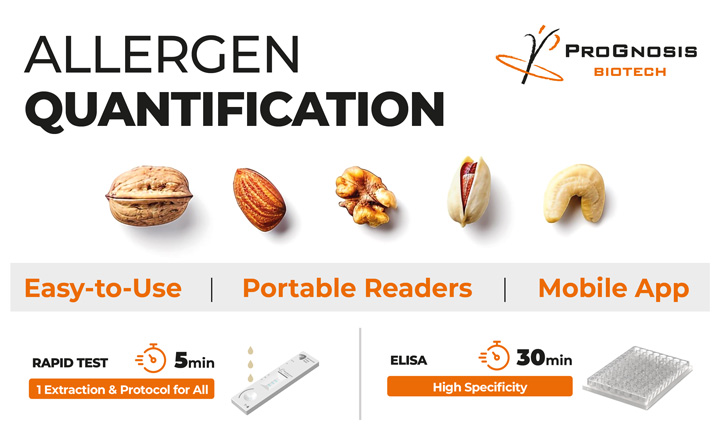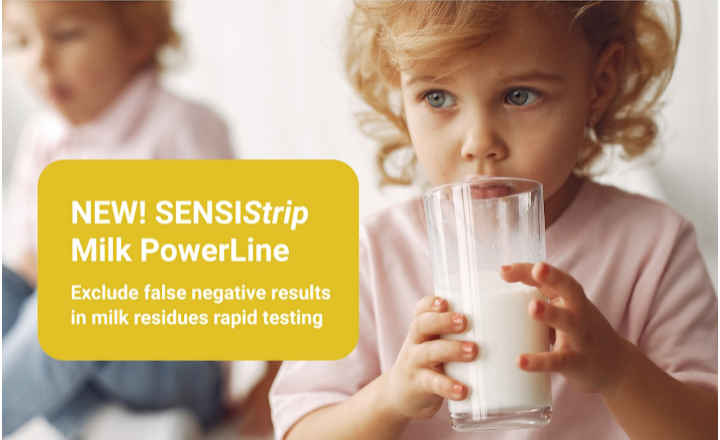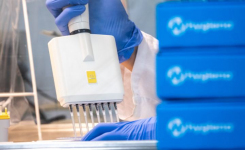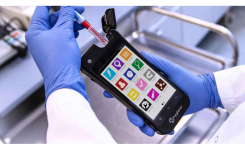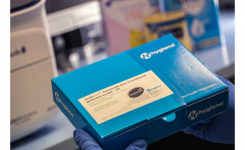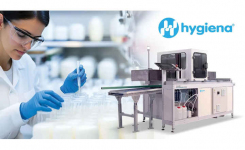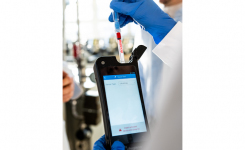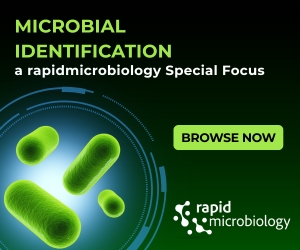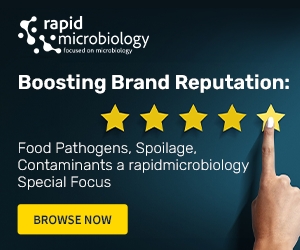In the world of food safety, not every threat is visible. Among the most severe food risks, peanut allergy is undetectable by sight or smell, making it especially critical to detect through rigorous allergen monitoring. For the millions of people living with food allergies, and for the food manufacturers responsible for protecting them, precision and speed aren’t just ideals - they’re essential.
That’s why Hygiena® has enhanced its AlerTox® Sticks Peanut test. Building on years of proven reliability, the improved version offers greater specificity, faster results, and ambient room temperature storage, delivering critical answers in less time and with more confidence than ever before.
Why Peanut Detection Deserves Special Attention
Peanut allergy is among the most common—and dangerous—food allergies worldwide. It affects between 1.4% and 2% of people in Western countries¹, and rates are steadily rising. Reactions can range from mild discomfort to life-threatening anaphylaxis, and the smallest trace of peanut residue—sometimes just a few parts per million—can trigger a response.
Globally, more than 220 million individuals live with food allergies². Many also live with asthma, a combination that significantly increases the risk of fatal allergic reactions³. In facilities where multiple allergens are processed, or where product lines shift rapidly, it's vital to confirm cleaning and validate allergen-free claims with tools that are both reliable and easy to use.
Smarter, Faster, More Reliable
With the updated AlerTox Sticks Peanut test, Hygiena has refined its approach to meet the real-world needs of QA teams, production managers, and lab technicians alike.
What sets the improved test apart?
- Greater specificity means fewer false positives and clearer results
- Time-to-result under 12 minutes keeps workflows moving quickly
- No refrigeration required—kits store easily at room temperature
- User-friendly lateral flow design—no lab equipment needed
Whether you're checking surfaces, rinses, or food samples, the test delivers dependable detection at a limit of 1 ppm—sensitive enough to catch even trace contamination, but stable and straightforward enough for use on busy factory floors.
Why We Test
For Hygiena, allergen testing isn’t just about meeting regulatory checkboxes. It’s about protecting the people behind the data.
When a QA technician runs a peanut test on a cleaned production line, they’re ensuring that the next customer won’t face a hidden threat. When a production manager approves a batch after allergen testing, they’re enabling families to eat with confidence. Every test result represents a moment of trust - between brand and consumer, between science and safety.
That's why we design our kits to perform under pressure, in real-world environments, for real-world impact.
Tools That Support Your Whole Program
The AlerTox Sticks Peanut test is one part of the broader Hygiena allergen management portfolio, which includes:
- Testing solutions for milk, egg, gluten, soy, and more
- Data integration through the Hygiena SureTrend® Food Safety Management Platform
- Technical resources including webinars, eBooks, and expert guidance
For those building or improving their allergen control plans, we also recommend the Food Allergy Research & Resource Program (FARRP) as a key source of best practices and regulatory insight.
In food safety, there are no second chances. With allergic reactions, the difference between safe and dangerous can be measured in micrograms. That’s why speed, specificity, and ease of use aren’t luxuries—they’re lifelines.
- For the line worker running tests.
- For the QA team reviewing results.
- For the parent trusting a label.
- For the child with a peanut allergy.
The improved AlerTox Sticks Peanut is built for the challenge.
Endnotes
- Sicherer, S.H., & Sampson, H.A. (2018). Journal of Allergy and Clinical Immunology, 141(1), 41–58. https://doi.org/10.1016/j.jaci.2017.11.003
- World Allergy Organization (WAO). (2020). White Book on Allergy, Update 2020. https://www.worldallergy.org/UserFiles/file/WAO-White-Book-on-Allergy-2020.pdf
- Pouessel, G. et al. (2007). Pediatric Allergy and Immunology, 18(6), 475–481. https://doi.org/10.1111/j.1399-3038.2007.00551.x



